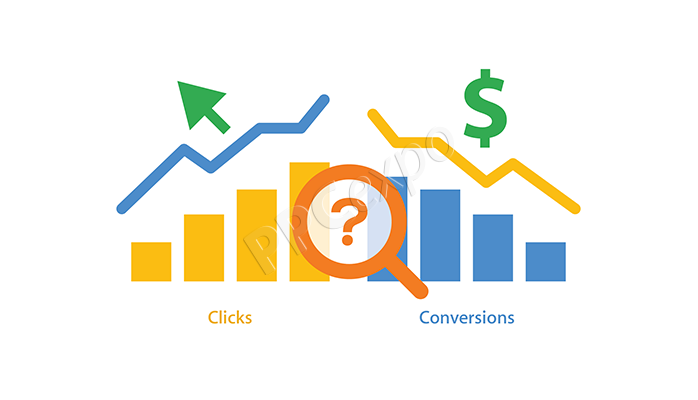Your Content – In the ever-evolving landscape of digital marketing, it’s easy to become fixated on metrics like clicks and conversions. While these metrics provide valuable insights into campaign performance, they only scratch the surface of what truly drives success in the digital realm. In this blog, we’ll delve deeper into the metrics that matter most in digital marketing, exploring their significance and how they can help businesses achieve their objectives.
Understanding Key Performance Indicators (KPIs): Before we explore alternative metrics, it’s crucial to understand the concept of Key Performance Indicators (KPIs). KPIs are measurable values that demonstrate how effectively a company is achieving its key business objectives. While clicks and conversions are commonly tracked KPIs, they don’t always provide a complete picture of marketing effectiveness.

Engagement Metrics: Your content
Time on Page: This metric measures how long visitors spend on a webpage. A high average time on page indicates that your content is engaging and valuable to your audience.
Bounce Rate: The bounce rate reflects the percentage of visitors who navigate away from your site after viewing only one page. A lower bounce rate indicates that visitors are finding your content relevant and engaging enough to explore further.
Social Shares: Tracking the number of shares your content receives on social media platforms provides insight into its resonance with your audience.
Brand Awareness Metrics:
Impressions: Impressions measure the number of times your content is displayed to users. While impressions alone don’t guarantee engagement, they play a crucial role in building brand visibility and awareness.
Reach: Reach quantifies the total number of unique users who have been exposed to your content. It helps assess the size and effectiveness of your audience targeting efforts.
Brand Mentions: Monitoring brand mentions across social media, blogs, and other online platforms provides valuable feedback on brand sentiment and awareness.
Customer Lifetime Value (CLV):
CLV represents the total revenue a business can expect from a single customer over the course of their relationship. Focusing on CLV shifts the emphasis from short-term conversions to long-term customer satisfaction and loyalty.
Return on Investment (ROI):
ROI measures the profitability of a marketing campaign relative to its cost. By analyzing ROI, businesses can determine which channels and strategies deliver the highest return on investment and allocate resources accordingly.
Importance of Holistic Measurement: While remain important indicators of campaign performance,
they should be viewed within the context of a
By adopting a holistic approach to measurement, businesses can gain deeper insights into the effectiveness of their digital marketing efforts and make more informed strategic decisions.
Conclusion: In the dynamic world of digital marketing, success extends beyond clicks and conversions. By exploring alternative metrics such as engagement, brand awareness, CLV, and ROI, businesses can gain a more comprehensive understanding of their performance and refine their strategies to achieve long-term success.
By prioritizing these metrics, marketers can optimize their campaigns to drive meaningful results and deliver value to both customers and stakeholders.
